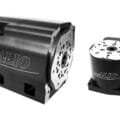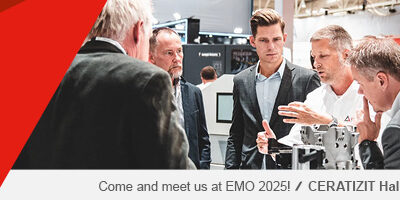How DC motors can improve the charging potential of EVs

Dave Walsha – Sales Manager at EMS
Data from LCP Delta has revealed that UK drivers pay 74 per cent more to charge their electric vehicles (EVs) than anywhere else in Europe — adding to a long list of issues EV drivers face. With the ban on diesel and petrol cars coming into effect from 2035, how can drive technology help manufacturers resolve some of the common issues with EVs? In this article, Dave Walsha, sales manager at DC motor supplier EMS, explains.
EVs have hardly made it out of the headlines since their launch, and the new data from May 2024 doesn’t come as a surprise. While EVs offer a more sustainable and environmentally friendly option compared to fuel burning vehicles, owning one hasn’t been without its hurdles.
Current issues
Firstly, EVs have caused concern around ‘range anxiety’ — the distance it can be driven before it needs charging. While on average, most EVs offer a full range of up to 300 miles on a single charge, there are countless reports of cars cutting out prematurely.
Additionally, the lack of public charging infrastructure is exacerbating the issue, making it difficult for drivers to reach a charging station with ease. According to the UK’s Climate Change Committee, 1,170 charging stations will be needed for every 100 km by 2030. But given the current growth rate, it’s predicted that only a quarter of the expected total number of public charging stations will be installed by 2032.
It’s not just the lack of charging stations that is an issue, but the way in which they are installed and used have also been deemed an inconvenience. For example, cables and plugs on pavements can be dangerous trip hazards, especially in the dark, and pose accessibility issues for those with reduced mobility.
Alternative solutions
To combat some of these issues, some EV charger manufacturers have developed wireless charging solutions, which use inductive charging principles using coils embedded in the road surface or garage floor.
However, the installation is costly and inductive chargers typically give a maximum output of only three kilowatts (KW), making charging a slow process. Inductive charging is not as efficient as wired charging, so customers may pay for power they can’t use, and the efficiency relies on the vehicle being parked in the correct position, something that can’t always be guaranteed. So how can wireless charging be made as efficient as wired?
Making charging more efficient
In response to this, one Austrian manufacturer of automated conductive charging solutions has developed a compact EV charger that automatically plugs into the vehicle, using a robotic arm that extends from the device with a connector that fits into the counterpart underneath the car. Making use of a physical connection means that the solution has a much higher output than wireless chargers, with a capacity of 22 KW.
Volterio sought to build a device that was as flat as possible, reducing the space to work with, all while balancing the need for a robotic arm strong enough to hold a heavy connector and cabling.
In developing the prototype, a particular area of focus was the three motors moving the robot arm along the three axes. The search for a suitable motor led them to EMS, the exclusive distributor of FAULHABER motors for the UK and Ireland. For this project, FAULHABER brushed DC motors from the CR series were selected. With low-wear graphite commutation, extremely powerful neodymium magnets and a high copper content in the rotor windings, the CR series are the most powerful of FAULAHBER’s DC motor range.
Specifically, brushed DC motors can reach torques of up to 224 mNm, with sizes ranging from a diameter of 23 to 38 mm for extremely compact devices, like with Volterio’s device. Furthermore, the low rotor inertia offers a high dynamic performance, helping the robotic arm establish the connection in under 15 seconds.
As the automotive industry looks towards an electric future, EV sales will inevitably accelerate. But battery, charging and infrastructure issues must be resolved if mass uptake is to be successful. The design considerations of such charging solutions will be crucial here, with evidence showing that brushed DC motors have the potential to significantly improve the reliability of EV charging systems.








